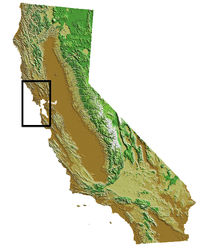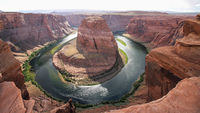Works
A look at visual art exploring the border and borderlands between the United States and Mexico, as a prelude to the...
A podcast on the history of water politics in Monterey County, California. A decades-long fight for the control of water...
How the United Nations Declaration of Indigenous Peoples presents a path for Native American communities to have greater...
This document details the lives and careers of 34 prominent and remarkable woman visual artists, specifically those...
The following memorandum presents five key potential financing strategies for a north-south bicycle/pedestrian path...
Due to major economic and population growth in the Mid-Peninsula, communities are struggling with increased traffic...
Summer 2015 research report, California Coastal Commission Project, Bill Lane Center for the American West








